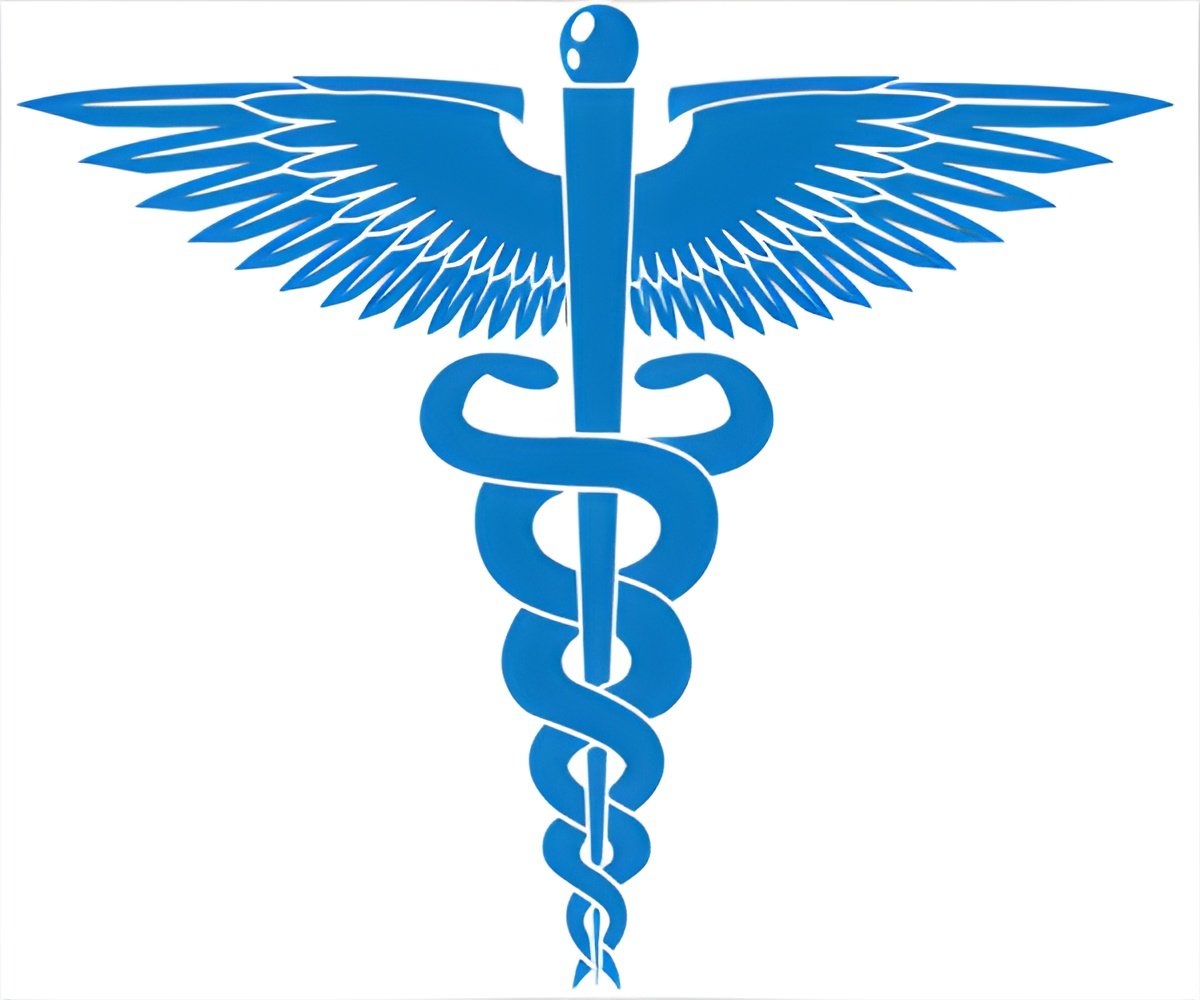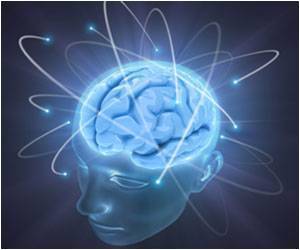The device is similar to a heart pacemaker and sends electrical impulses to stimulate the main breathing muscles in the diaphragm.
The diaphragm pacing device was approved for humanitarian use in motor neurone disease (MND) patients in 2011 by the US Food and Drug Administration (US FDA). Despite a lack of conclusive evidence for the benefits of the intervention, diaphragm pacing has been widely offered to patients with MND around the world. The device is similar to a heart pacemaker and sends electrical impulses to stimulate the main breathing muscles in the diaphragm. However, a new UK study has revealed that it does not benefit the patients.
A team of MND specialists, led by researchers from the Sheffield Institute of Translational Neuroscience (SITraN), conducted the first randomized controlled multi-center clinical trial to assess the risks and benefits of the intervention for MND patients. The results of the Protocol for diaphragm pacing in patients with respiratory muscle weakness due to MND (DiPALS) study show that diaphragm pacing was not beneficial when used in addition to non-invasive ventilation (NIV) where slightly pressurized air is delivered into the lungs through a face mask. In fact, patients who used diaphragm pacing lived on average 11 months less than those who used NIV alone.
Lead researcher, Dr. Christopher McDermott at the University of Sheffield said, "The results are incredibly disappointing. Unfortunately, DiPALS did not show any benefits for diaphragm pacing in MND and, in fact, our study showed that it may actually be harmful. The result from DiPALS demonstrates that the increasing 'nothing to lose' approach was inappropriate and standards should not be lowered by starting treatments without clear evidence of benefit."
The study is published in
Lancet Neurology.Source-ANI









